Dhaka, Oct 9 (V7N) – The boundary between the biological world and the digital realm is rapidly dissolving, ushering in what scientists describe as the era of “bio-digital convergence.” Once, humans controlled machines; today, machines are beginning to understand humans. Technology is no longer external—it is entering the very fabric of the human brain.
Computers, initially simple calculation tools, have evolved through the internet, smartphones, artificial intelligence (AI), and now brain-computer interfaces (BCI). Human thoughts, emotions, and even memories are increasingly being translated into code. Innovations such as Elon Musk’s Neuralink and Japan’s brain-signal reading research illustrate how the line between humans and machines is rapidly vanishing.
Everyday human activity—walking, sleeping, eating, laughing, or crying—is now measurable data. Smartwatches monitor sleep patterns, smartphones track locations, and algorithms predict preferences, forming a “digital body” that mirrors human existence in virtual spaces. Social media platforms like Facebook, TikTok, and X (Twitter) contribute to this digital self, creating virtual versions of individuals often without their awareness.
Artificial intelligence now not only writes, analyzes, and generates art but also interprets human language, emotions, and decision-making. Simultaneously, gene-editing technologies such as CRISPR are rewriting biological codes. This raises critical questions: when digital code and biological code merge, how will humanity be defined? Will humans remain purely biological, or become programmable entities?
Technology, once positioned against nature, is increasingly integrated with it. Smart farming uses sensors to track soil temperature, biosensors detect plant diseases, and digital twin models monitor environmental balance. Even digital signals now synchronize with natural phenomena like birdsong, highlighting a new harmony between technology and nature.
As the world enters the age of the metaverse and bio-networks, humans may live with chips in the body, code in the brain, and algorithms in the mind. A pressing question remains—will humans continue to feel, love, and experience emotions, or will these too become programmable?
This bio-digital fusion offers both unprecedented possibilities and serious challenges. While humans gain extraordinary capabilities, they risk losing privacy and individuality. The trajectory is clear: humans are no longer solely children of nature but also progeny of technology. The future will be a bio-digital world, where life and machines pulse together in a shared rhythm.
Written by Asaduzzaman Talukdar, Information Technology Specialist and Cybersecurity Expert.
END/ATN/SMA/



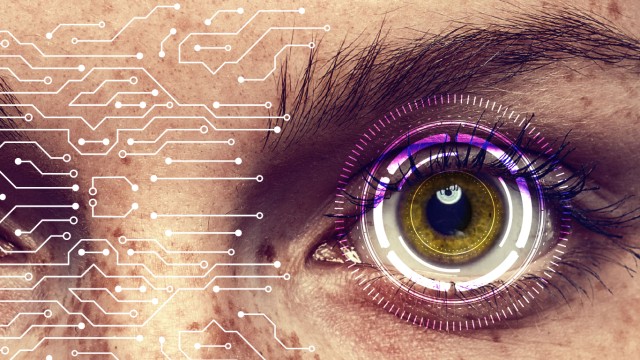




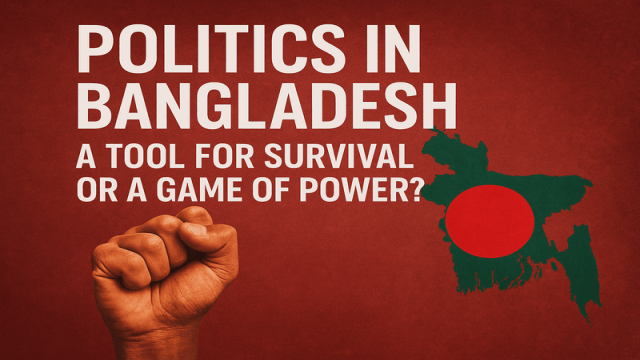
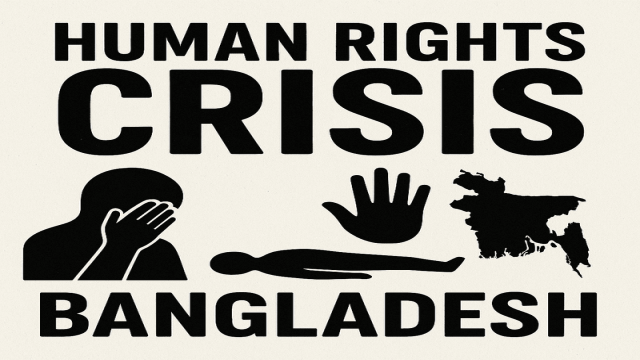
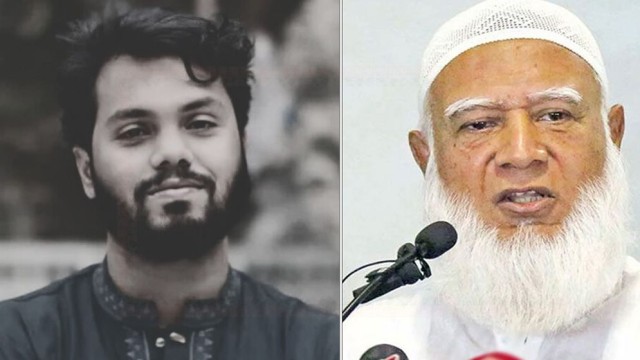
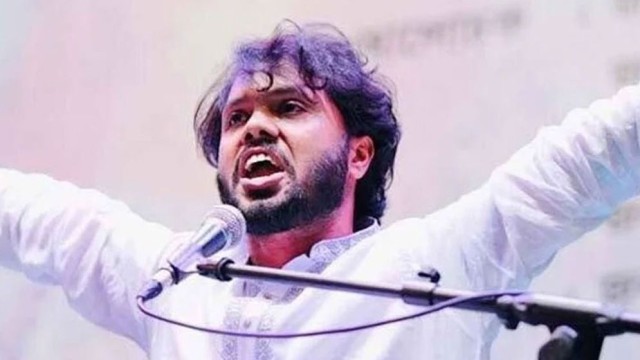
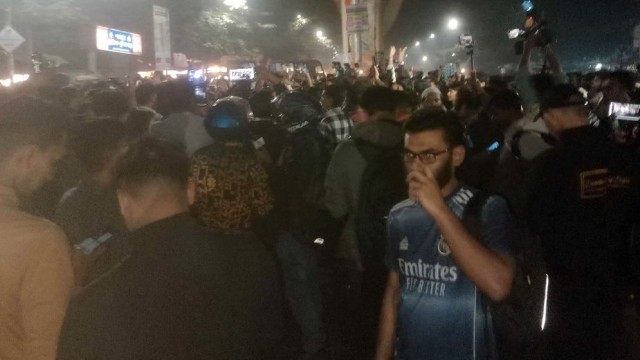
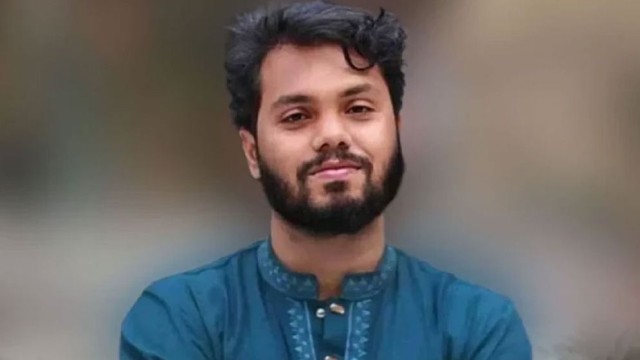

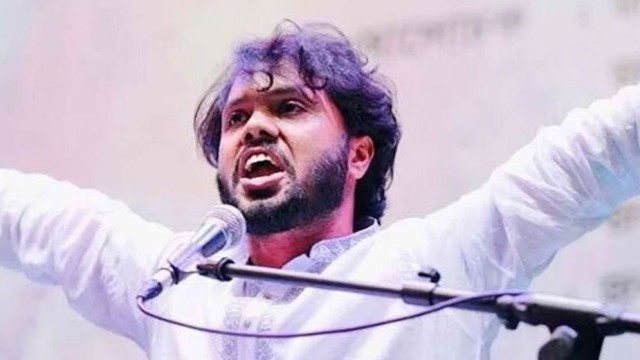


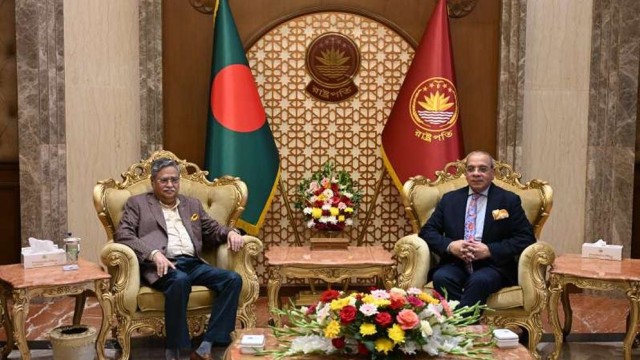

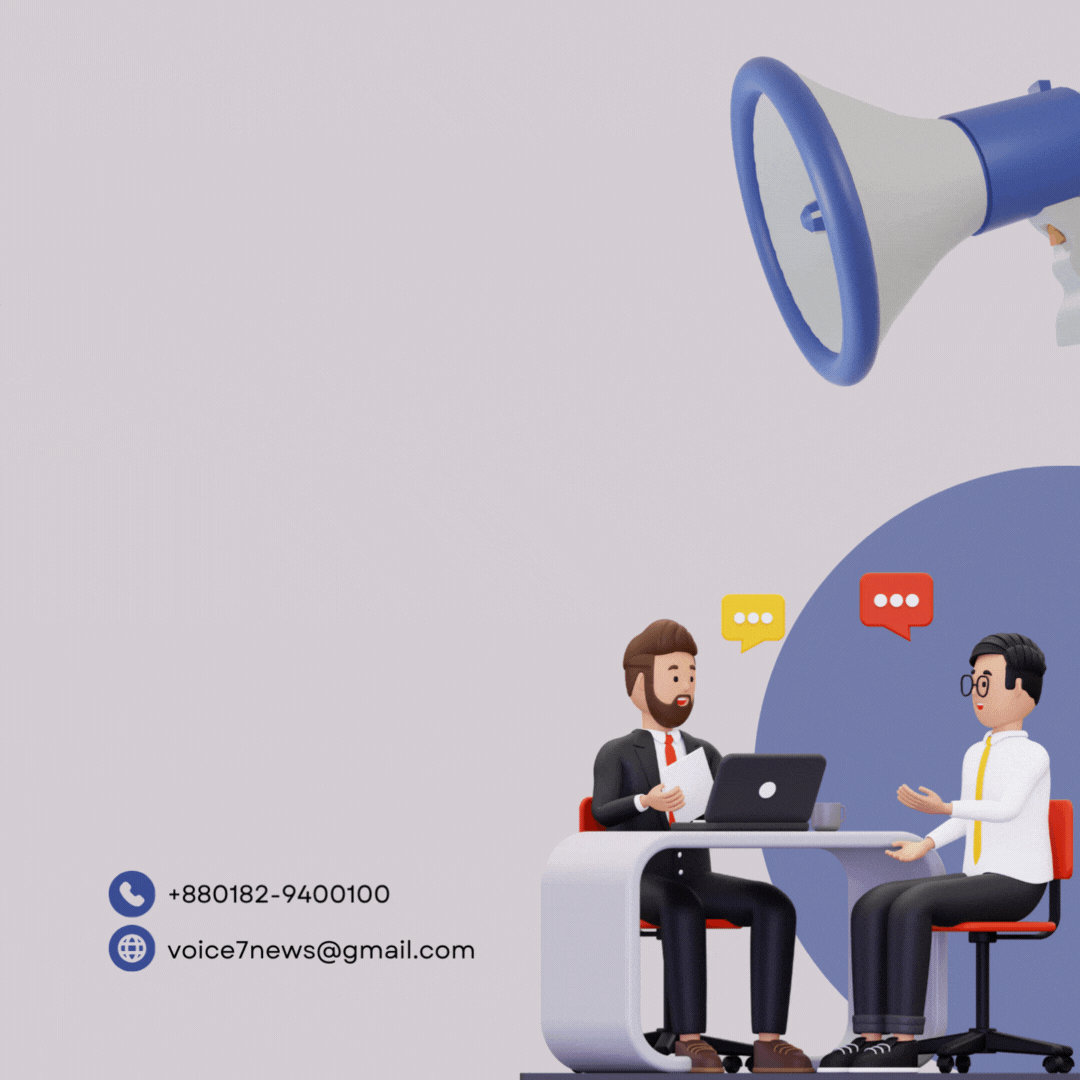
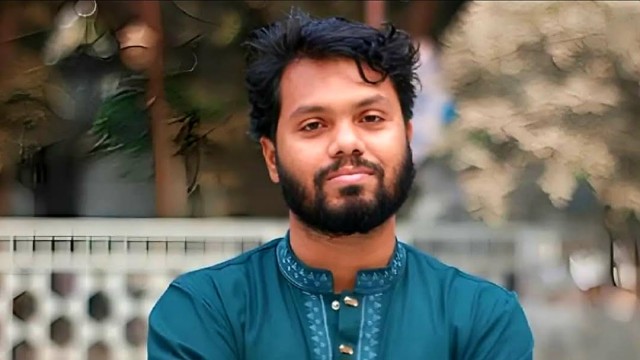
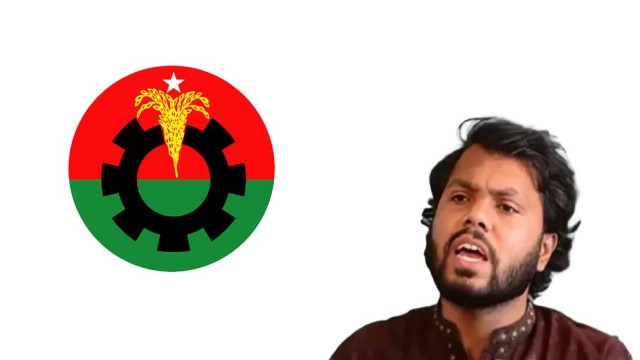
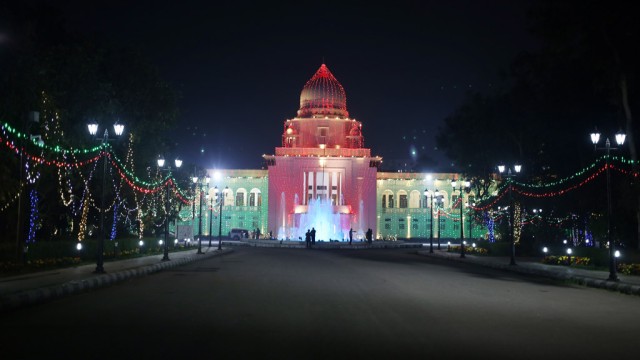



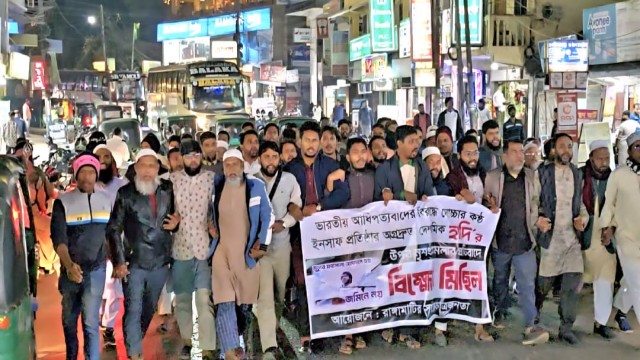
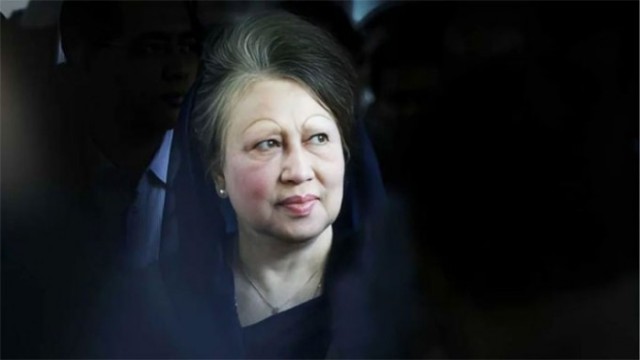

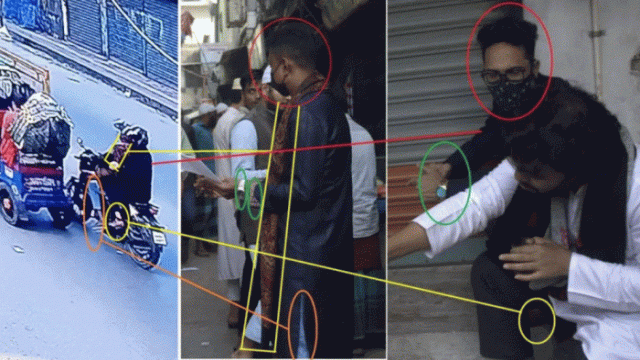
Comment: